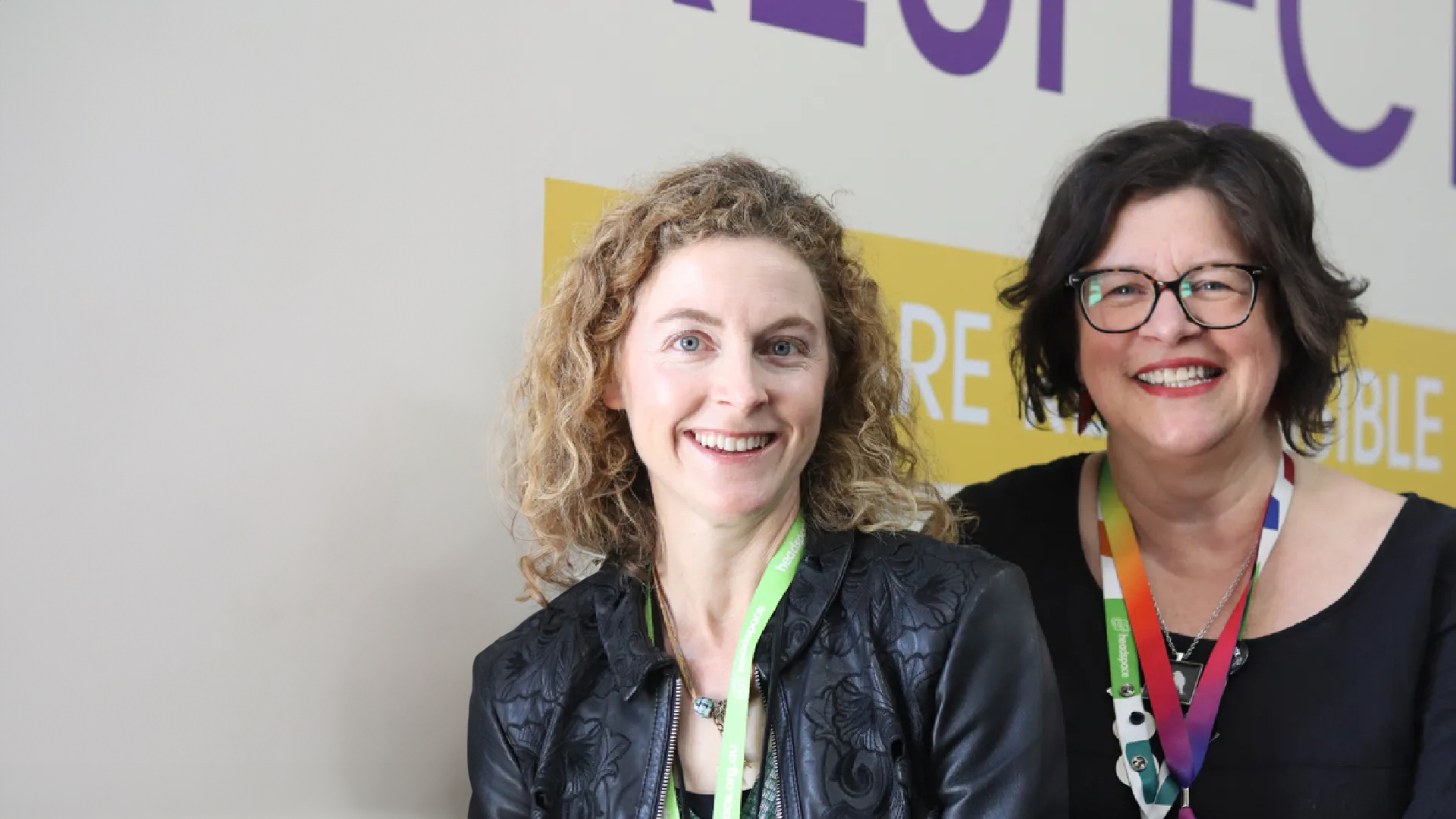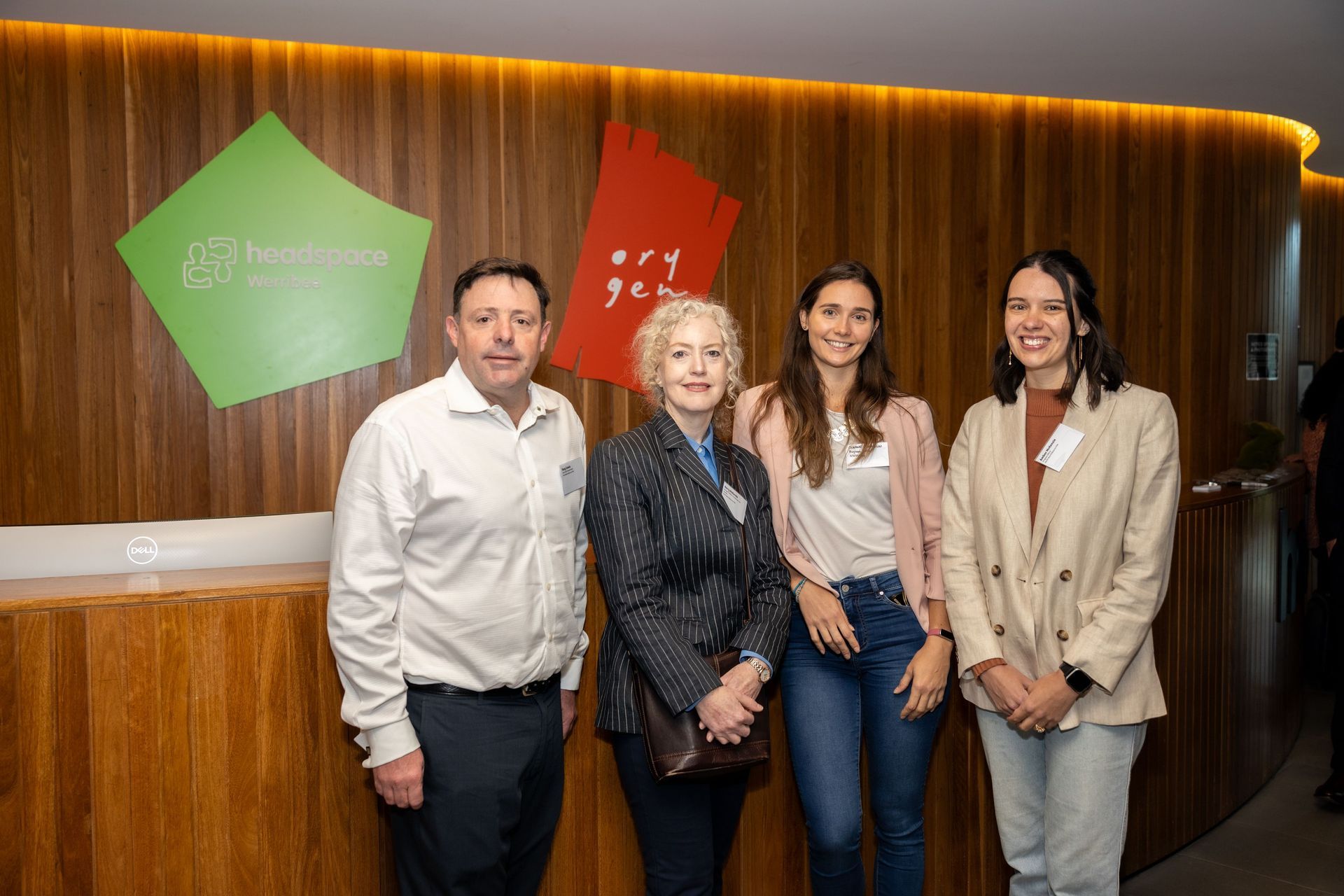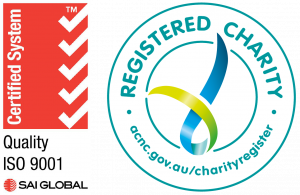
headspace service across the catchment: same same but different
Pictured: Dr Sophie Nottle (left) and nurse Alison Duffin are colleagues at headspace Glenroy. (Image: NWMPHN)
Since it was established by the Australian Government in 2006 the name and logo of youth mental health service provider headspace have become recognised, and trusted, across Australia. All headspace services provide core supports for young people, but, just as importantly, not all services are the same.
Since it was established by the Australian Government in 2006 the name and logo of youth mental health service provider headspace have become recognised, and trusted, across Australia.
All headspace services provide core supports for young people, but, just as importantly, not all services are the same.
NWMPHN plays a key role in commissioning and funding headspace across its catchment. In doing so, it works with service providers Orygen and the Youth Support and Advocacy Service (YSAS) to ensure that the particular needs of local communities are met.
In Collingwood, for instance, the lead agency for the local headspace is YSAS. Its services reflect, and are tailored toward, the rich diversity of the inner city, with a special focus on LGBTIQ+ young people.
... more accessible and offered in a familiar environment ...
... monumental outcome...
In the 2023-24 financial year, the centre welcomed 759 clients, just under 45 per cent of whom were LGBTIQ+. Almost a quarter of visitors belonged to culturally and linguistically diverse communities, and four per cent were First Nations people.
Collingwood headspace has been operating since 2012, but more than half of the people who walked through its doors – or met with YSAS outreach workers – during this year did so for the first time.
“This is reflective of increasing demand for youth mental health support, as well as our works to engage and provide information and education opportunities across our local communities.” said David Hay, the centre manager at headspace Collingwood.
Mental health support for young people must necessarily take into account the school system, and Orygen and YSAS work in this area through two other NWMPHN-commissioned services: Doctors in Secondary Schools (DiSS) and Enhancing Mental Health Support in Schools (EMHSS).
YSAS estimates that as many as half the students its EMHSS outreach clinician engages with would not seek mental health support directly at a headspace centre. Several reasons contribute to this, including stigma, anxiety, and lack of transport options.
“By providing support at school, it is more accessible and offered in a familiar environment, particularly for Year 11 and 12 students who are engaged in a busy period of their schooling,” explains YSAS clinician, Angela.
“Without the outreach model, the burden on school wellbeing teams and mental health professionals would increase. Those young people who need support but are reluctant to visit a headspace centre would likely need to rely on school-based services which are already stretched.”
Orygen nurse Alison Duffin, who has been specialising in the mental and sexual health and wellbeing of young people for three decades, calls the DiSS program a “beacon of innovation”.
“It is a privilege to collaborate with such extraordinary young individuals, who despite life’s myriad challenges and barriers, exhibit remarkable resilience by reaching out for our services,” she says.
“This deeply rewarding experience is further enriched by the exceptional team of nurses, doctors, student wellbeing, support staff and allied health professionals with whom I have the honour of working with. I absolutely love this job!”
As demand for headspace services around Australia increases, the ability of operators to meet that demand is often confounded by challenges in recruiting and retaining clinical workforce.
As a response to this, three Melbourne headspace centres, working closely with NWMPHN, are trialling innovative solutions. The Collingwood centre is one of these. The other two – Glenroy and Sunshine – are operated by Orygen.
The solution being tested at these centres – using Commonwealth grants commissioned through NWMPHN – involves reducing wait times for new clients, helping more young people receive the support they need as quickly as possible.
Throughout the past year Orygen has been working with NWMPHN to implement wait time reduction strategies, developing new care pathways to provide time-limited, evidence-based input for those who do not need more intensive support.

The site, established with support from NWMPHN, will provide opportunities for practical experience and graduate employment pathways for students studying youth mental health-related courses. It will also bring much-improved access to mental health care for young people in Melbourne’s west through the co-location of primary and specialist youth mental health services.
“The demand management and enhancement funds have led to a fantastic outcome of the Werribee headspace centre being co-located with tertiary services on a university site – a world-leading first,” said Laidlaw.
“This really does bring the services to where young people live, work and play and has improved accessibility to much needed mental health services.
“We thank NWMPHN for its support to achieve this monumental outcome”.
But if change is constant, stability also has a valuable role to play. NWMPHN was delighted join in the celebrations earlier this year at headspace Craigieburn, which marked a decade of operation.
NWMPHN’s executive director of service development and reform, Jagjit Dhaliwal, says YSAS and Orygen are to be applauded for their resilience and innovation.
“A lot has changed in the decade or so since NWMPHN started overseeing headspace funding, but our colleagues at YSAS, Orygen and all headspace centres have continued to adapt,” he said.
“PHNs ask a lot of our providers, but it’s always with the best interests of consumers in mind.”
To do this, the centres operate what are called brief intervention clinics and conduct single session family interventions – services that provide mental health support to resolve challenges that do not require repeated engagements.
Boosting these services has been achieved through increasing clinical staffing levels, student placements and more deployment of allied health staff. Administration processes have also been streamlined to reduce the gap between referral and intake.
The implementation and sustainability of these demand management strategies were evaluated by Murdoch Children’s Research Institute, which found that they were successful in reducing wait times – particularly so at the Glenroy centre.
Orygen is now adopting and adapting the model into the day-to-day practices of all its centres in the NWMPHN catchment.
Jane Laidlaw, Orygen’s chief of clinical operations, said the demand management funding came at an important time of high demand for Sunshine and Glenroy.
“The additional resources helped to reduce wait times. They also supported us to make some changes to our intake processes that has allowed for ongoing improvements.”
Given the fluid and evolving nature of the mental health stressors that impact young people it is no surprise that headspace services face an ongoing need to adapt to meet demand.
As the mental health landscape continues to develop, these challenges will persist. NWMPHN, like its headspace partners, is constantly mapping and evaluating how, what and where services are delivered. Funding is never a static process.
As the population of our catchment continues to grow, too, demand will grow with it, meaning innovative approaches are needed to address critical workforce gaps. One example is the launch of a new-look headspace centre at Victoria University’s Werribee campus in mid-2024.
2023-24 in focus

